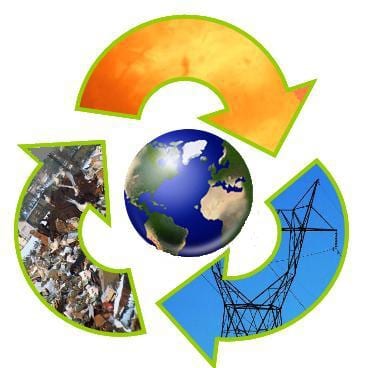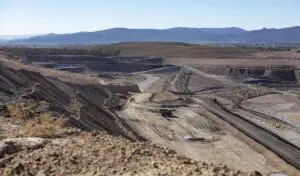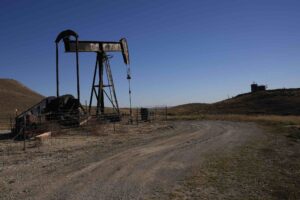 There has been much said recently about the need to use nuclear energy as a bridging technology while renewable technologies and battery systems in particular, are improved.
There has been much said recently about the need to use nuclear energy as a bridging technology while renewable technologies and battery systems in particular, are improved.
It seems to me that waste and recycling have again been overlooked as serious contributors to Australia’s emission abatement task.
In 2007 Warnken ISE and SITA Australia published a report showing that Australia could reduce its emissions by 57 MT/annum CO2e through better recycling, diversion of organics from landfill (where they decompose to generate methane which is a potent greenhouse gas with 25 times the carbon forcing potential of CO2e) and burning the existing methane stocks in landfills.
With the State Governments of NSW, Vic, SA and WA now encouraging energy from waste, this begs its inclusion in national greenhouse gas reduction strategies.
The equation for the emissions benefit of thermally treating waste is as follows:
Net benefit of EfW (for the same energy output) =
Avoided landfill emissions – direct emissions of thermally treating waste + avoided coal emissions.
Here are the facts:
- Australia landfills 23 million tonnes of waste each year;
- Avoided landfill emissions by keeping this waste out of landfill = 12.8 MT CO2e (taking into account an average gas capture rate of 50%)
- If this waste was thermally treated it would generate 14.1 MT CO2e direct emissions
But for the same energy output EfW would:
- Offset the burning of 20 MT of coal; and
- Avoid the emissions by coal of 48.0 MT CO2e.
This corresponds to: Net benefit of EfW = 12.8 – 14.1 + 48.0 = 46.7 MT CO2e
In other words thermally treating all waste that currently goes to landfill (and generates methane) would have a net benefit of 46.7 MT CO2e. (The slight difference to Warnken 2006 is that his report assumed additional recycling, than herein and which should also be pursued).
That would reduce Australia’s total greenhouse gas emissions by 9% on the 542 MT CO2e we currently generate. It is the emissions equivalent of removing 90% of the 13.3 million passenger vehicles from Australian roads (ABS 2014). It is essentially carbon neutral, base-load energy.
EfW should not cannibalise recycling but as a direct alternative to landfill and as a source of energy, it has huge potential. It must be much higher on the national abatement options list and well before nuclear.
Mike Ritchie is director of MRA Consulting








